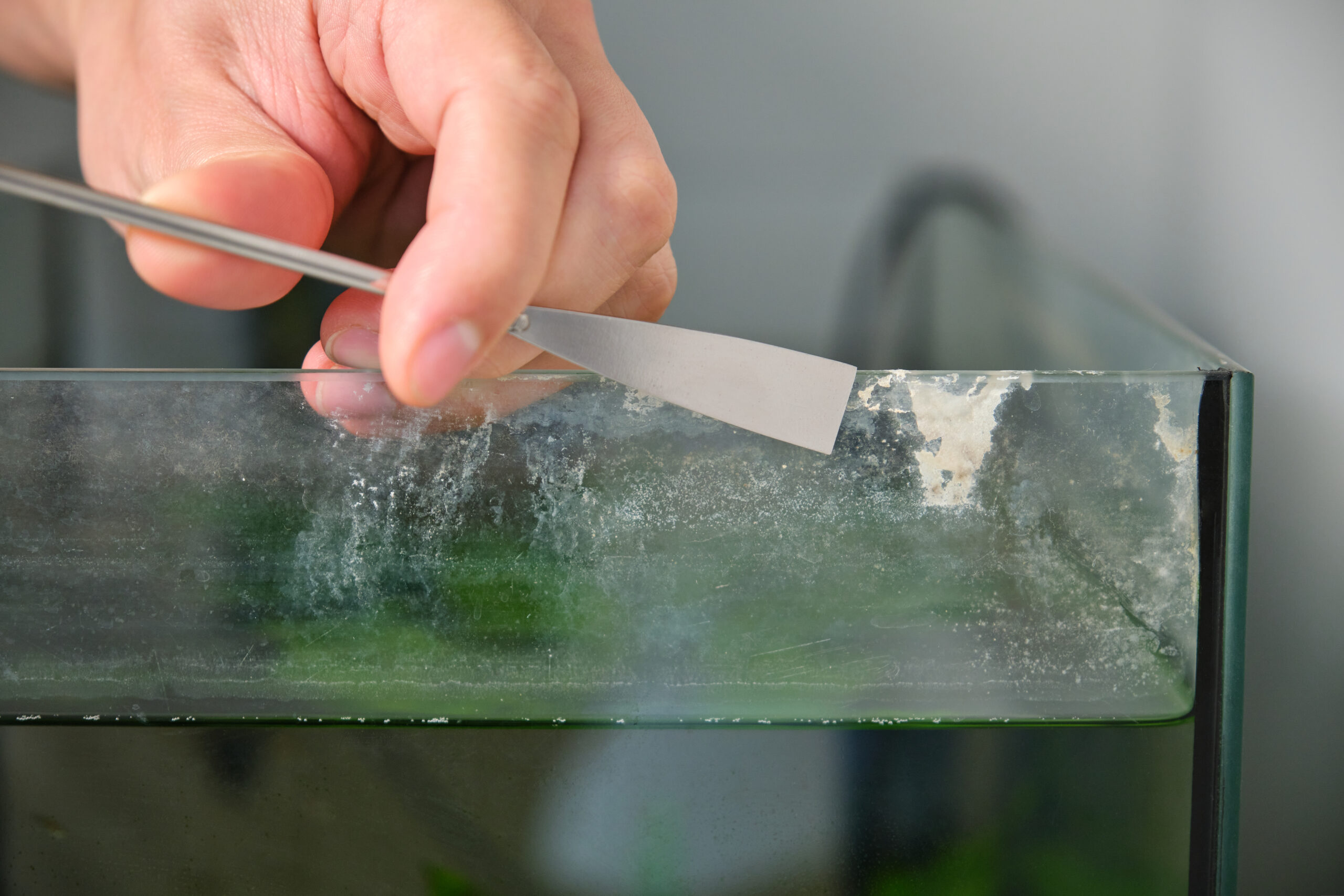Removing bonded metal from glass can be a delicate task that requires the right tools, techniques, and patience. Whether you are dealing with metal fragments stuck to a glass surface due to adhesive, silicone, or other bonding agents, this guide will provide you with detailed steps and methods on how to remove bonded metal from glass effectively.
Understanding the Bonding Process
Before diving into the removal process, it is essential to understand the nature of the bond between the metal and the glass. The type of adhesive used can significantly influence your approach. Common bonding materials include:
- Epoxy: Strong and durable, often used in industrial applications.
- Silicone: Flexible and waterproof, commonly used in household settings.
- Super Glue: Quick-drying and strong, suitable for small repairs.
Tools and Materials Needed
To successfully remove bonded metal from glass, gather the following tools and materials:
- Heat Source: Hairdryer or heat gun
- Solvents: Acetone, isopropyl alcohol, or commercial adhesive removers
- Mechanical Tools: Razor blade or glass scraper, plastic scraper or old credit card
- Cleaning Supplies: Microfiber cloth, warm soapy water, sponge
- Protective Gear: Gloves and safety goggles
Step-by-Step Guide on How to Remove Bonded Metal from Glass
1. Assess the Bonding Material
Before starting the removal process, assess the type of bonding material used. This will help determine whether heat, solvents, or mechanical methods are best suited for your situation.
2. Apply Heat
Heat is an effective way to soften many adhesives. Follow these steps:
- Use a Hairdryer or Heat Gun: Direct heat at the bonded area for 2–5 minutes. Move the heat source constantly to avoid overheating any single spot on the glass.
- Test the Bond: After heating, use a plastic scraper or credit card to gently pry at the edge of the metal. If it begins to loosen, continue with this method.
3. Use Solvents to Break Down Adhesives
If heat alone doesn’t work, solvents can help dissolve adhesives:
- Choose Your Solvent:
- Acetone: Effective for strong adhesives like super glue.
- Isopropyl Alcohol: Milder and suitable for less stubborn bonds.
- Commercial Adhesive Removers: Follow product instructions closely.
- Apply the Solvent: Soak a microfiber cloth in your chosen solvent and press it against the bonded area for about 5–10 minutes.
- Scrape Carefully: Use a plastic scraper to lift the metal gently from the glass without scratching it.
4. Mechanical Removal (If Needed)
For particularly stubborn bonds that resist heat and solvents:
- Using a Razor Blade:
- Hold the blade at a 45-degree angle.
- Slide it gently between the metal and glass.
- Work slowly to avoid damaging the glass surface.
- Using Dental Floss or Fine Wire:
- Slide dental floss behind the bonded metal.
- Use a gentle sawing motion to cut through any adhesive holding it in place.
5. Clean Residual Adhesive
After removing the metal, you may find some adhesive residue left on the glass:
- Reapply Solvent: Dab solvent onto any remaining residue and let it sit for a few minutes.
- Wipe Clean: Use a microfiber cloth or soft sponge to scrub away any leftover adhesive.
- Final Rinse: Wash with warm soapy water and dry with a clean cloth.
Precautions When Removing Bonded Metal from Glass
Safety should always be your top priority when working with tools and chemicals:
- Always wear gloves and goggles when handling solvents or sharp tools.
- Ensure good ventilation when using chemical solvents.
- Avoid excessive heat which can lead to cracking in glass surfaces.
Alternative Methods for Removing Bonded Metal
If conventional methods do not yield results, consider these alternative techniques:
- Freezing Method: Place the glass item in a freezer for several hours. The cold can make adhesives brittle, allowing for easier removal.
- Ultrasonic Cleaner: For smaller items, ultrasonic cleaners can effectively loosen bonds through high-frequency vibrations.
- Professional Help: For valuable or intricate glass pieces, consulting a professional glazier may be advisable.
Tips for Best Results
To ensure a successful removal process:
- Work slowly and patiently; rushing can lead to mistakes.
- Always test solvents on an inconspicuous area first to check for adverse reactions.
- For large bonded areas, tackle small sections at a time for better control.
Common Mistakes to Avoid
When attempting to remove bonded metal from glass, be aware of these common pitfalls:
- Applying excessive force can crack or chip your glass surface.
- Using abrasive tools like steel wool can scratch the glass.
- Skipping safety gear increases risk during removal processes.
Conclusion
Removing bonded metal from glass requires careful planning and execution. By understanding the types of adhesives involved and utilizing appropriate tools and techniques—such as heat application, solvent use, mechanical scraping—you can achieve effective results without damaging your glass surfaces. Always prioritize safety by wearing protective gear and working patiently through each step of the process. If you encounter particularly challenging situations or valuable items, don’t hesitate to seek professional assistance.By following this comprehensive guide on how to remove bonded metal from glass, you’ll be well-equipped to tackle even the most stubborn bonds while preserving your glass’s integrity.


Leave a Reply